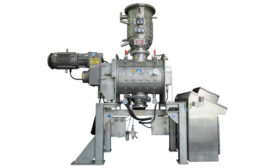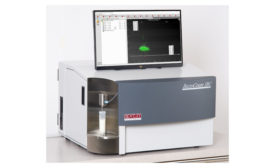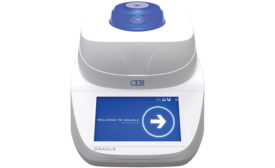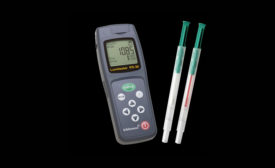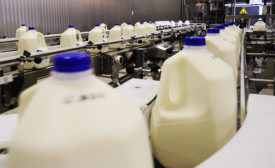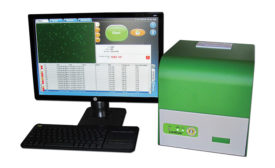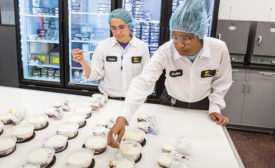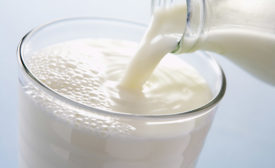Home » Keywords: » lab testing
Items Tagged with 'lab testing'
ARTICLES
The New Century facility is now the company’s second largest creative center in North America and houses 10 labs, and six state-of-the-art pilot plants.
Read More
Best practices in ice cream handling key when distributing ice cream
High quality raw milk, temperature consistency critical when making ice cream.
March 28, 2023
Testing for the presence of GMOs
If your dairy processes both conventional milk and non-GMO verified milk, changeovers during production should address the potential commingling of product lines.
June 8, 2017
On-site dairy labs are the first line of defense
Keeping bad milk out of a processing plant is just the first step. Labs also test products as they come off the processing line. Environmental tests assess that proper CIP and sanitation procedures have been followed.
August 12, 2016
The 16 tests you need to perform on raw milk, finished products
Testing raw milk ensures you are receiving a high-quality product. Testing finished product protects consumers.
June 16, 2016
Stay ahead of the curve. Unlock a dose of cutting-edge insights.
Receive our premium content directly to your inbox.
SIGN-UP TODAYCopyright ©2024. All Rights Reserved BNP Media.
Design, CMS, Hosting & Web Development :: ePublishing



